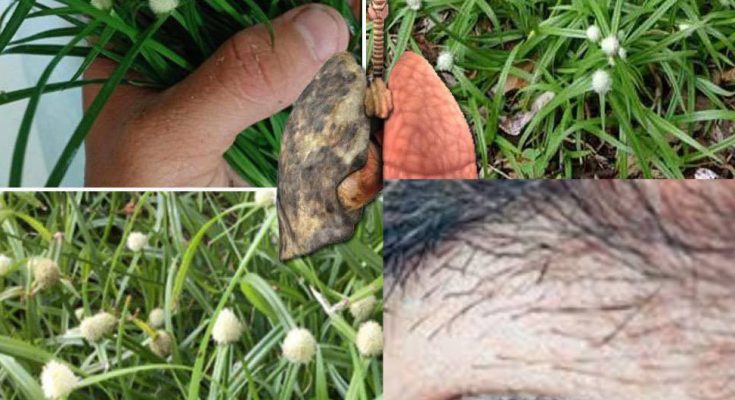Botanical Overview
Kyllinga brevifolia belongs to the Cyperaceae family and is characterized by its slender, grass-like leaves and distinctive, round, green flower heads. It spreads rapidly through rhizomes and can quickly cover open ground, especially in wet or semi-aquatic areas. Despite its reputation as an invasive species, many traditional healers regard it as a powerful medicinal herb.
Traditional Uses in Herbal Medicine
In various regions, Kyllinga brevifolia has been used for centuries as a remedy for a wide range of ailments:
- Fever Reduction: One of the most common uses is as an antipyretic. A decoction made from the leaves and roots is traditionally used to reduce fever and cool the body, especially in tropical climates.
- Digestive Relief: The plant is known for its soothing effects on the digestive system. It’s often brewed as a mild tea to treat stomach pain, diarrhea, indigestion, and bloating. Its astringent properties help regulate bowel movements and improve gut health.
- Detoxification: In traditional detox regimens, Kyllinga brevifolia is used to purify the blood and support liver and kidney function. The roots, in particular, are boiled and consumed to encourage toxin elimination.
- Urinary Tract Infections (UTIs): Due to its diuretic and antimicrobial properties, herbalists recommend Kyllinga-based preparations to flush out the urinary tract and reduce inflammation caused by infections.
- Wound Healing: Crushed leaves are sometimes applied directly to minor cuts, insect bites, and wounds. The plant’s antibacterial and anti-inflammatory effects promote faster healing and reduce the risk of infection.
Pharmacological Properties
Scientific studies into Kyllinga brevifolia are still in the early stages, but preliminary findings are promising. The plant contains several bioactive compounds, including flavonoids, tannins, and alkaloids, which are known for their antioxidant and anti-inflammatory activity.
Some studies have also pointed to potential antimicrobial effects, particularly against E. coli and Staphylococcus aureus, which supports its traditional use in treating infections. Its antioxidant properties help combat oxidative stress, which is linked to aging and chronic diseases.
